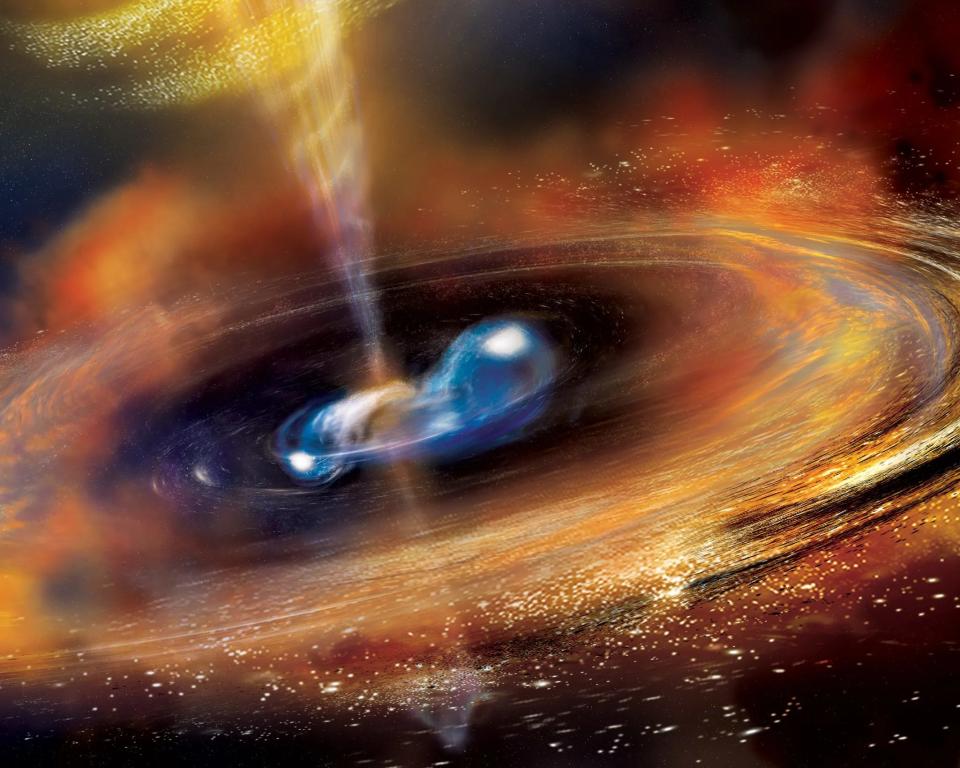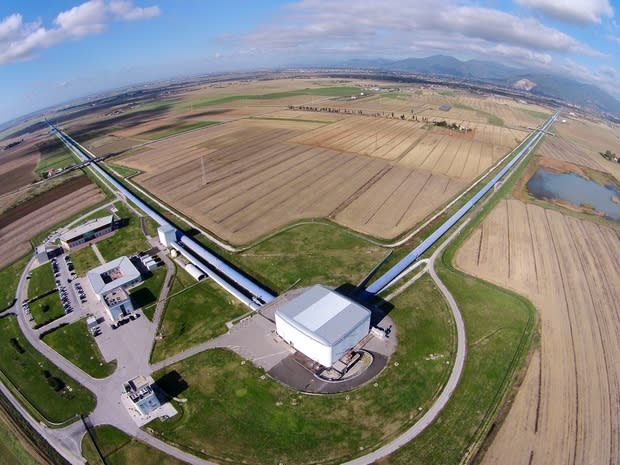This Louisiana facility finds colliding black holes billions of light-years away

LOUISIANA (KLFY) — Did you know that one of the world’s top astrophysics facilities, and home to many significant scientific discoveries, sits here in Louisiana?
Space and Louisiana are not mentioned in the same sentence often, and more specifically black holes. With states like Florida and Texas being more associated with the United States’ space programs, other states rarely pop up in the conversation of space and space exploration. But if you take a closer look, you’ll begin to see a vast network of facilities across the country that also contribute to the exploration and discovery of our universe. One of those facilities sits in Livingston, Louisiana, known as LIGO.
This Louisiana archeological site still baffles scientists
LIGO, the Laser Interferometer Gravitational-Wave Observatory, uses laser interferometry to measure the minute ripples in space-time caused by gravitational waves from cataclysmic cosmic events such as colliding neutron stars or black holes, or by supernovae. Two sites, one in Hanford, Washington and the other in Livingston, Louisiana, work in unison to detect the gravitational waves.
The first detection of gravitational waves came on Sept. 14, 2015, when the two facilities measured ripples in the fabric of spacetime from a cataclysmic event. The cataclysmic event in question happened to be two black holes 1.3 billion light years away colliding to produce a single, more massive spinning black hole. Not only was this a significant discovery on its own, but it also proved Einstein’s prediction a hundred years ago of gravitational waves existence to be true.
Thanks for signing up!
Watch for us in your inbox.
Subscribe Now
KLFY Daily Digest

In 2017 another significant discovery was made by LIGO, when it detected the collision of two neutron stars. The detection allowed for an unprecedented opportunity to facilities around the world to observe something as rare as two neuron stars colliding. Through this observation, scientist were able to solve a decades-long mystery of where about half of all elements heavier than iron are produced. These two discoveries made National Geographic’s list of “The top 20 Scientific Discoveries of the Decade.”

What’s unique about these discoveries is it allows scientists to see into the past. For example, the two colliding neutron stars observed in 2017, collided approximately 130 million years ago. Because of the vast distance between Earth and the neutron stars, it took millions of years for the gravitational waves and light emitted from the event to become detectable. Being able to observe events that occurred millions of years ago around the universe helps scientist to have a better understanding of the universe and how it came to be.
Although Louisiana may not be launching rockets into the sky, we do host one of the world’s most cutting-edge facilities. With LIGO already making extremely important discoveries for the astrophysics community, the continuing addition of improved capabilities will surely produce more significant discoveries and observations.
To learn more about LIGO and it’s facility in Livingston, you can visit their website here. A LIGO documentary released about the discoveries in 2015 and 2017 can also be watched here.

Latest Posts
Showers Overnight & Tuesday Morning, Staying Warm This Week…
Time is running out to claim this COVID-era tax credit, IRS warns
For the latest news, weather, sports, and streaming video, head to KLFY.com.

